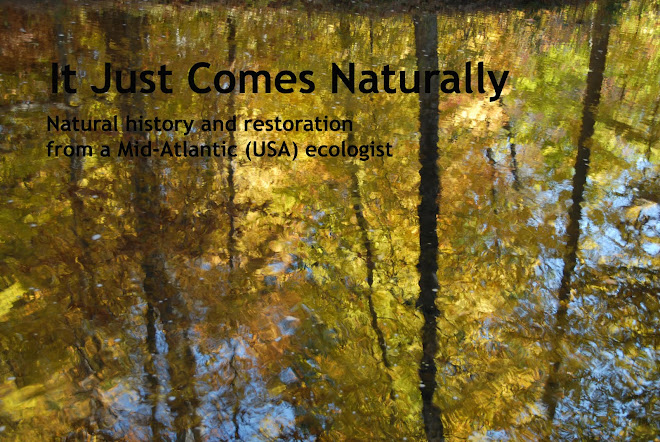En route to the bench, we passed an impressive stand of dame's-rocket (Hesperis matronalis) at the edge of the woods. I stopped to make a few images while my guest watched a Baltimore oriole tend to its nest overhead.
I like everything about dame's-rocket, from its name to its flower. Well, almost everything: it's not native.
According to Wikipedia, the plant has many common names (e.g., damask violet, dame’s violet, dames-wort, dame’s gilliflower, night-scented gilliflower, queen’s gilliflower, rogue’s gilliflower, summer lilac, sweet rocket, mother-of-the-evening and winter gilliflower), but I've only ever known it as dame's-rocket. The "rocket" moniker denotes its membership in the Brassicaceae, or mustard family.
The genus name, Hesperis, wonderfully exotic and pleasing to speak and hear, is Greek for evening - probably a nod to the fact that the scent of the flowers becomes more conspicuous towards sunset.
Dame's-rocket was brought to North America from Europe in the 17th century and has since become naturalized. The plant is considered an invasive species in some areas; in fact, three states have designated it a noxious weed and have prohibited its sale, importation or cultivation.
Dame's-rocket is fairly common in open woodland glades in my preserve where it grows profusely. Isn't it interesting (and hypocritical) that I'm willing to tolerate (and even enjoy) this fragrant, lovely, non-native weed while I will go to nearly any length to uproot, deflower, and poison its non-native cousin garlic mustard (Alliaria petiolota)?
 |
| Garlic mustard |











